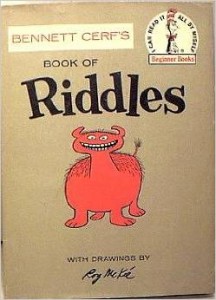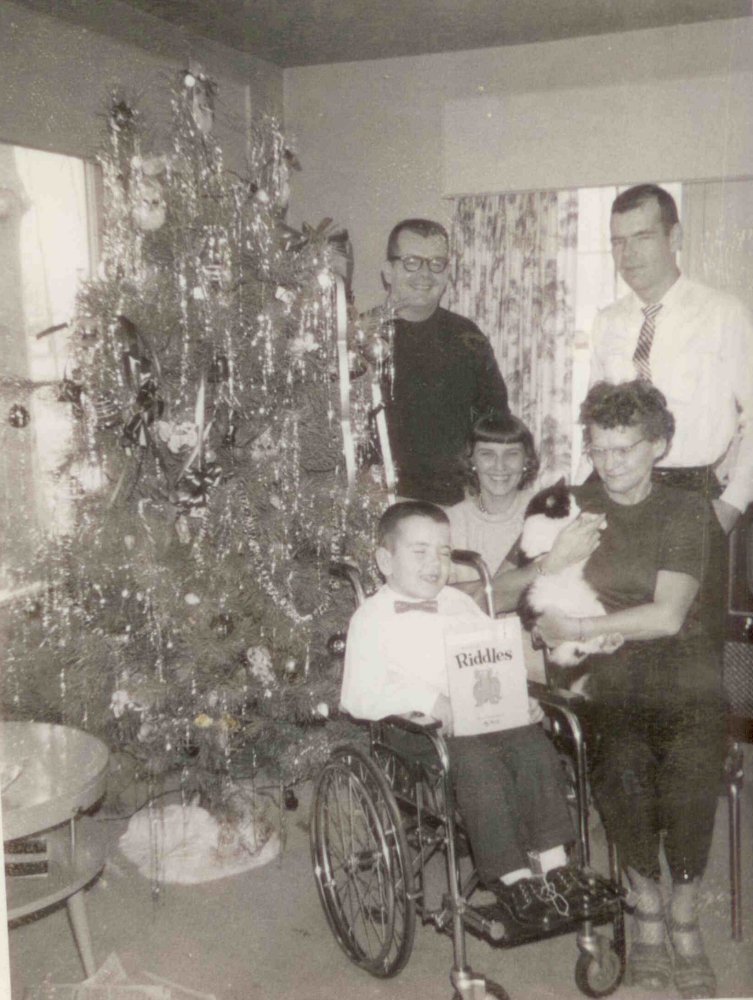For over 30 years I’ve been involved in the RCIA program at St. Gabriel. It is a series of weekly classes that run from September through Pentecost in the spring and is designed for people who want to convert to the Catholic faith. Some Catholics also attend as sponsors or simply to use it as an opportunity to update their faith personally. I attended the program when I returned to the Catholic Church after having left for about eight or nine years and then I began teaching classes and have been a teacher continuously ever since.
I will not be returning to teach this year.
There are a variety of reasons. My health has always been a concern. I have chronic nasal and lung problems that can flareup unexpectedly. Couple of years ago I had a nasty coughing spell in the middle of teaching a lesson. For many years I’ve only taught lessons in the early fall more in the spring to avoid nasty weather. Become more and more difficult for both me and my dad to get out nasty weather. We had considered if necessary I can teach the classes via Skype. That would’ve been interesting.
Two years ago our pastor Fr. Larry Crawford retired and I told our Director of Religious Education Teresa Keith that I might not be back depending on how the program might change under a new pastor. I recognize that I was getting a bit old and set in my ways and wasn’t sure that I would want to continue if the program was significantly different from what I had been doing. I had started teaching under Fr. Paul Landwerlen and when he moved to a parish in Shelbyville our next pastor Fr. Bill Marks Was not heavily involved in RCIA. That meant that the program pretty much stayed the same. When Fr. Larry Crawford came a couple of years later he was very much enthusiastic about RCIA and heavily involved in the same way that Fr. Paul was. There are no a million differences between Fr. Paul and Fr. Larry but they approach RCIA very similarly. So I give that transition was very easy for me. But I knew that the next transition could be very different and it might be time for me to step aside.
As it turned out, Fr. Mike, our current pastor, is focusing his efforts on Hispanic RCIA and left the English version to continue as it was going. In fact Fr. Larry Crawford decided that despite his retirement, he still wanted to be involved in RCIA. That is how passionate he was about it. I thought that my role might expand greatly but with him coming out of retirement just enough to do the class, it was like everything was going to be 100% unchanged.
However in the middle of that year Fr. Larry grew ill and sadly passed away. I had to fill in for many of his classes but it was still the same kind of program that I had been involved in for many years so it was very natural and easy for me.
We have been suffering from a declining number of participants in the English side of RCIA as our population has grown more Hispanic. It would be typical for us to only have two or three participants each year. Part of the program is that you should build a small faith community among the participants before welcoming them into the larger community. They just weren’t getting the full benefits of the process in such a small group.
The archdiocese has been faced with a shortage of priests so they have instituted a program called Connected in the Spirit. It clusters parishes in groups of two or three in what they call a cohort. A commission established to see how these cohorts can best work together to meet the needs of their people well faced with the shortage of priests. Some parishes end up closing altogether. Some parishes have to share a single priest. St. Gabriel is a cohort with St. Monica and St. Michael parishes. When the final report came down, none of the three parishes were closing or merging they were encouraged to share programs.
Although we had not yet begun to implement this partnership at the start of classes last year, we decided to jump in anyway and reached out to St. Michael to see if they would like to partner with us to have a joint RCIA program. Faced with declining numbers of their own, they thought it was a great idea. They had a new pastor who had some ideas for involving their program as well. He wanted to get more people involved as teachers and so adding myself and other St. Gabriel teachers to the program fit in with his plans very well.
In August last year we had joint meetings between their RCIA team and ours. We worked out a pretty good curriculum that was a great mix of their previous program and ours. Both myself and our other teacher Dr. Jim Divita ended up teaching pretty much our usual lessons. Overall I felt that things went pretty smoothly.
This year however, the curriculum is is evolving more significantly than it has in the past. Without going into all the gory details, the program which is merged with have cut my participation basically in half. As I’ve said before, I knew that the program could evolve significantly during all of these transitions and that I would have to weigh whether or not I wanted to be involved anymore if the program changed significantly. The lessons which I taught in the spring were about conscience formation and making moral choices as well as the concepts of sin and grace. It was my adaptation of my favorite lessons taught by Fr. Larry. He had a unique, some would say radical, approach to the topics which I liked. But giving them up or having someone else take a different approach was no problem for me. However in the fall I taught a four-part lesson about Scripture. Although there were four individual topics topics, I saw it as one giant lesson that took four weeks to teach. Parts of it I had been teaching for the entire 30 years and all of it in its current form I had been teaching for more than a decade. I had fine tune the material by adding new things, removing what didn’t work, and adapting it based on how it was received. The lesson was so finely tuned that when we moved to St. Michael’s and our lesson time was reduced from 2 hours down to 90 minutes had a bit of a struggle adapting material. The idea of cutting in half ended up being impossible.
I did consider starting fresh and taking the approach “Chris you’ve been given 2 sessions of 90 minutes each. What do you want to teach in that time period? But I just couldn’t get the enthusiasm and energy to start over after I had been doing things the same way for so long. I guess I’m just plain getting old and set in my ways. Maybe you can teach an old dog new tricks but it’s not worth the effort.
So I decided this was a good opportunity to step aside and let the program go in a new direction. While I’m not very pleased with the recent process of this evolution, even if the process had gone better it might have likely ended up with the same curriculum and I would’ve made the same decision to step aside.
Teresa has suggested that we might have some other adult religious education opportunities that would be some-one-time-programs that I could present. That sounds like an exciting opportunity. I could get much more enthusiastic about creating something new and interesting from scratch rather than taking apart a program that I had perfected over 30 years and trying to disassemble it.
The bottom line is I still have a desire and ministry to share my faith as a teacher in the Catholic Church. We will just have to see what new and interesting ways we can accomplish that.

